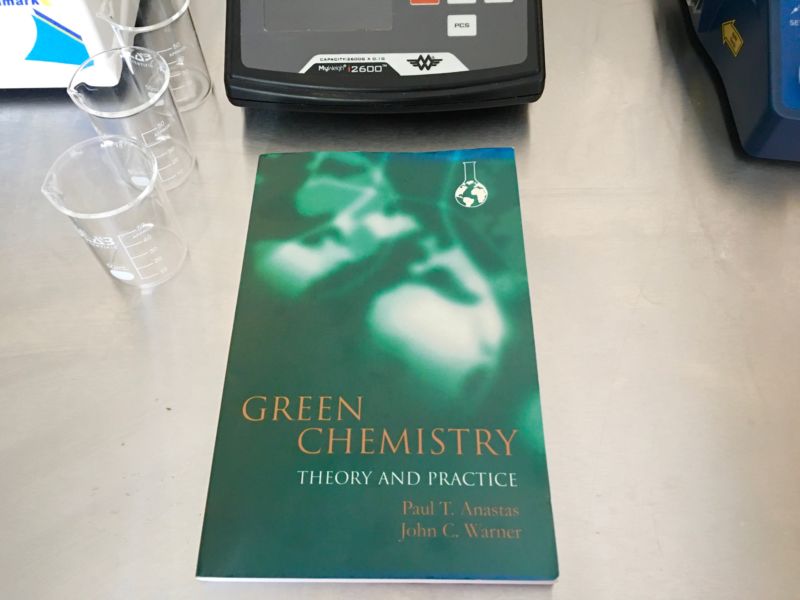
Green Chemistry
Are you a cosmetic formulator? Do you formulate green and clean hair or skin care products? It can be beneficial for you to follow or understand what green chemistry is. Green chemistry is also known as sustainable chemistry. Green chemistry is the design of chemical products and processes that reduce or eliminate the use or generation of hazardous substances. It applies across the life cycle of a chemical product, including its design, manufacture, use, and ultimate disposal.
Key Points:
- Prevents pollution at the molecular level
- Applies to all areas of chemistry
- Reduces the negative impacts of chemical products on human health and the environment
- Lessens and sometimes eliminates hazard from existing products and processes
12 Principles of Green Chemistry
- Prevent waste: Design chemical syntheses to prevent waste. Leave no waste to treat or clean up.
- Maximize atom economy: Design syntheses so that the final product contains the maximum proportion of the starting materials. Waste few or no atoms.
- Design less hazardous chemical syntheses: Design syntheses to use and generate substances with little or no toxicity to either humans or the environment.
- Design safer chemicals and products: Design chemical products that are fully effective yet have little or no toxicity.
- Use safer solvents and reaction conditions: Avoid using solvents, separation agents, or other auxiliary chemicals. If you must use these chemicals, use safer ones.
- Increase energy efficiency: Run chemical reactions at room temperature and pressure whenever possible.
- Use renewable feedstocks: Use starting materials (also known as feedstocks) that are renewable rather than depletable. The source of renewable feedstocks is often agricultural products or the wastes of other processes; the source of depletable feedstocks is often fossil fuels (petroleum, natural gas, or coal) or mining operations.
- Avoid chemical derivatives: Avoid using blocking or protecting groups or any temporary modifications if possible. Derivatives use additional reagents and generate waste.
- Use catalysts, not stoichiometric reagents: Minimize waste by using catalytic reactions. Catalysts are effective in small amounts and can carry out a single reaction many times. They are preferable to stoichiometric reagents, which are used in excess and carry out a reaction only once.
- Design chemicals and products to degrade after use: Design chemical products to break down to innocuous substances after use so that they do not accumulate in the environment.
- Analyze in real time to prevent pollution: Include in-process, real-time monitoring and control during syntheses to minimize or eliminate the formation of byproducts.
- Minimize the potential for accidents: Design chemicals and their physical forms (solid, liquid, or gas) to minimize the potential for chemical accidents including explosions, fires, and releases to the environment.
Are you a Green Chemist or Green/Clean Cosmetic or Beauty Formulator? Share with us what you do.
Resources:
epa.gov
You might also like



Learning from what resources I can find online.To create my own hair shampoo bars I can go camping with and not pollute the wild water resources being bathed in.